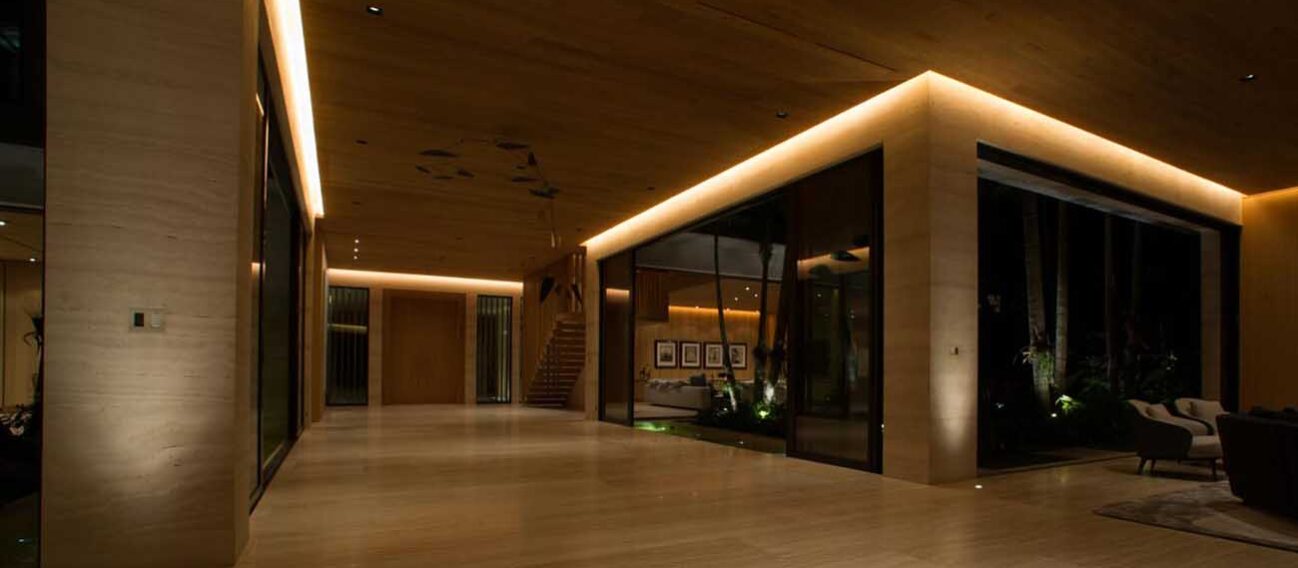The Art of Illumination: The Role of Light in Architectural Design
Light has always played an essential role in architectural design. Architects have used light from the earliest days of human civilization to create functional and beautiful spaces. Today, the art of illumination has reached new heights, with architects and designers using light innovatively to create functional and aesthetically pleasing spaces.
One of the most critical aspects of using light in architectural design is understanding how it interacts with different materials and surfaces. Artificial and natural materials will reflect or absorb light in various ways, which can be used to create a range of effects. For example, light can highlight the texture of a stone wall or create a shimmering effect on a glass surface.
RGB color changing light for mood setting
Another important consideration when using light in architectural design is how it affects a space’s mood and atmosphere. It can create a sense of warmth and intimacy in a room or create a dramatic and awe-inspiring effect. The color of light can also have a significant impact on the mood of a space. Warm colors like red, orange, and yellow create a cozy and inviting atmosphere, while cool colors like blue and green create a calming and soothing effect.
In addition to its aesthetic and mood-enhancing qualities, light is essential for creating functional spaces. Well-placed lighting can help to highlight important features of an area, such as artwork or architectural details, and can also be used to improve visibility and safety.
Overall, the art of illumination is an essential part of architectural design. Architects and designers can create functional and beautiful spaces by understanding how light interacts with different materials and surfaces and using it to create various effects. Light can transform any space into a work of art by projecting warmth and intimacy, highlighting essential features, or creating a dramatic effect.







